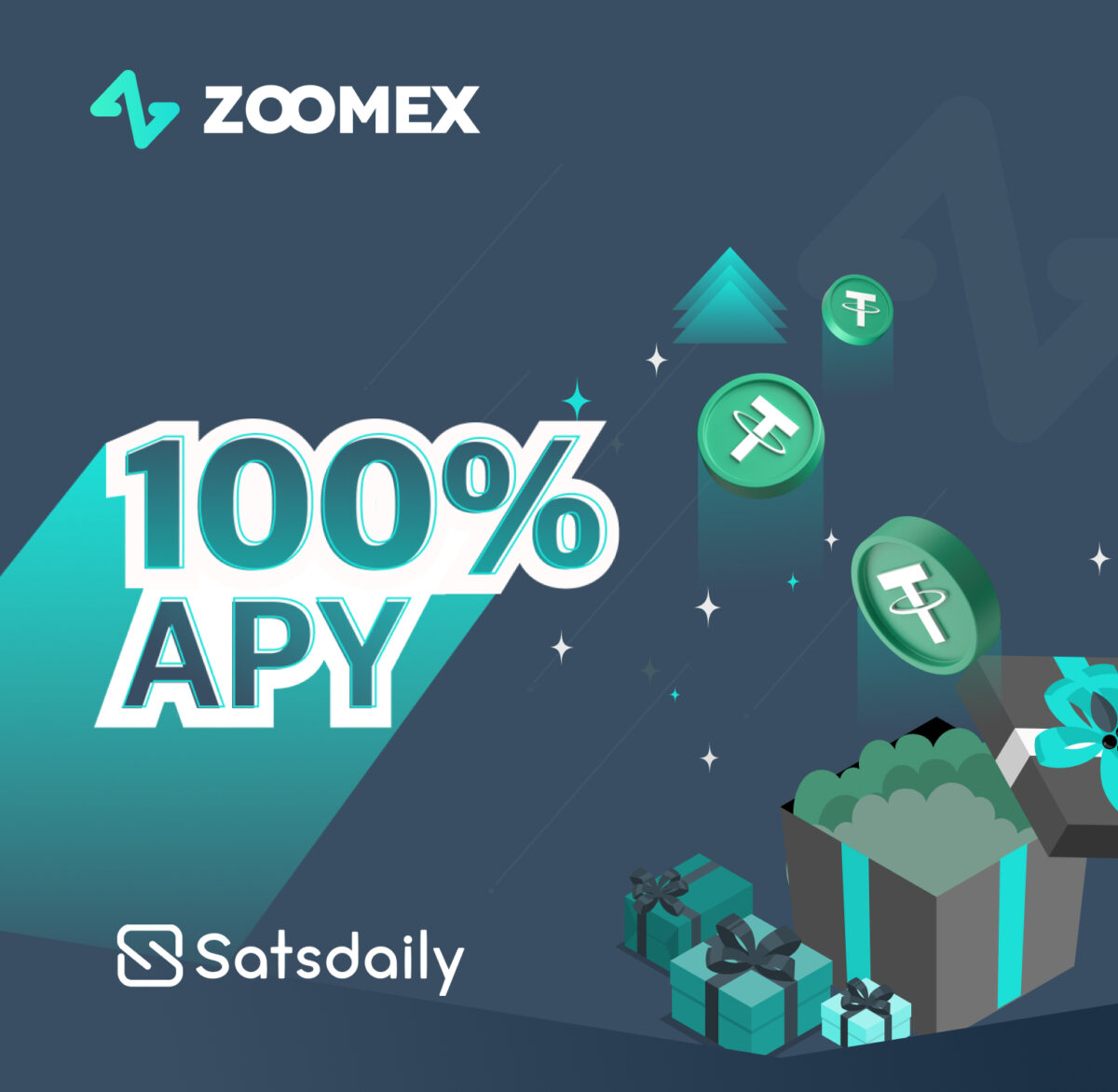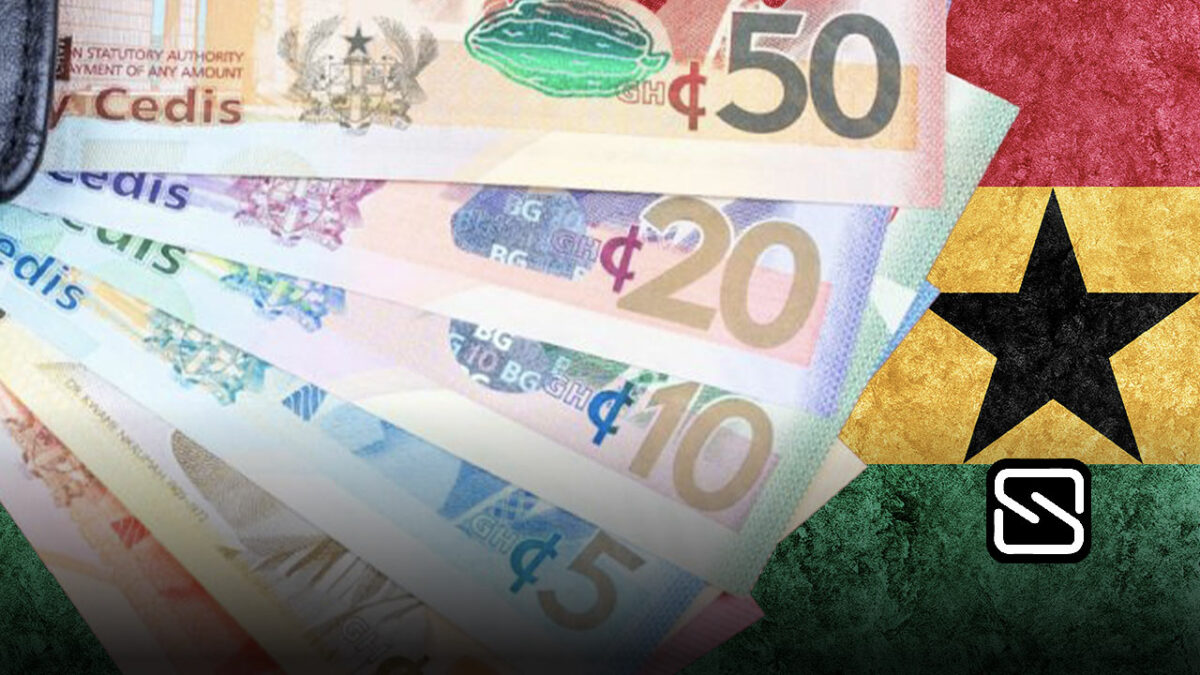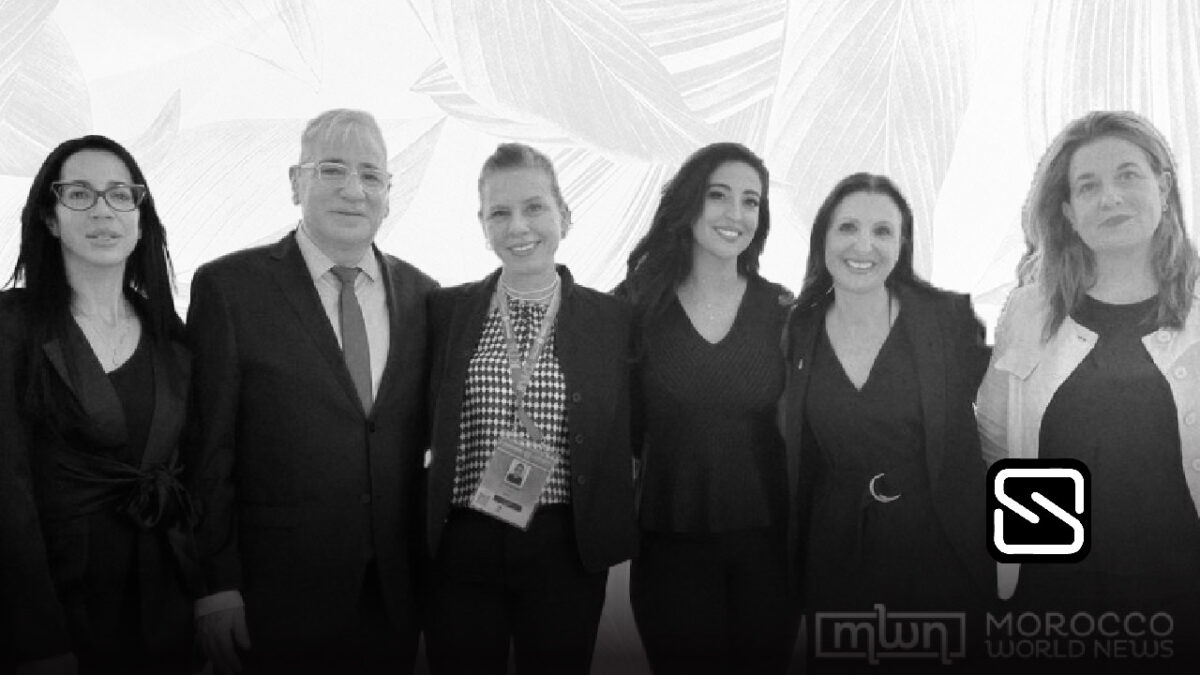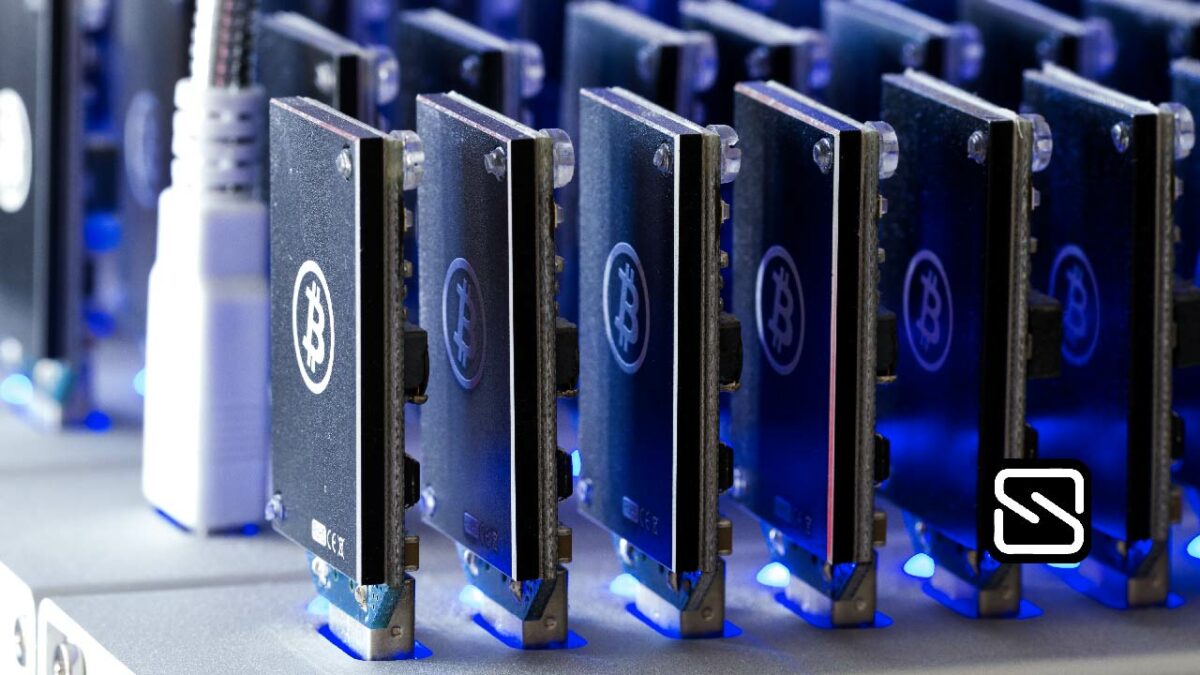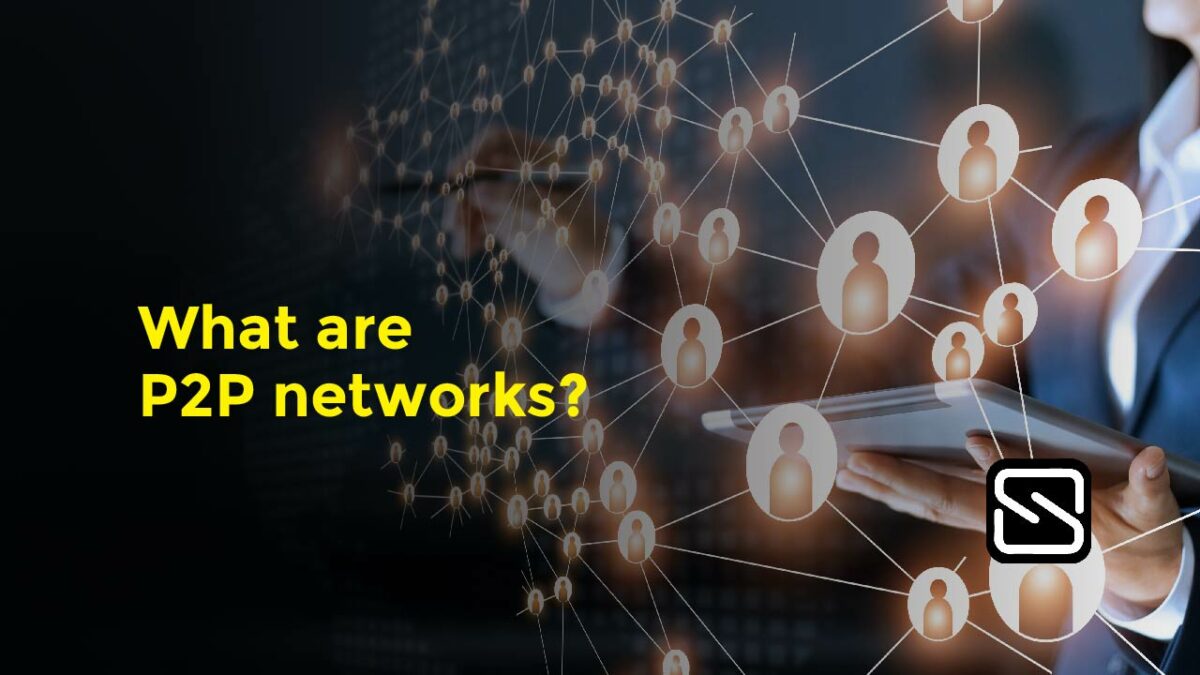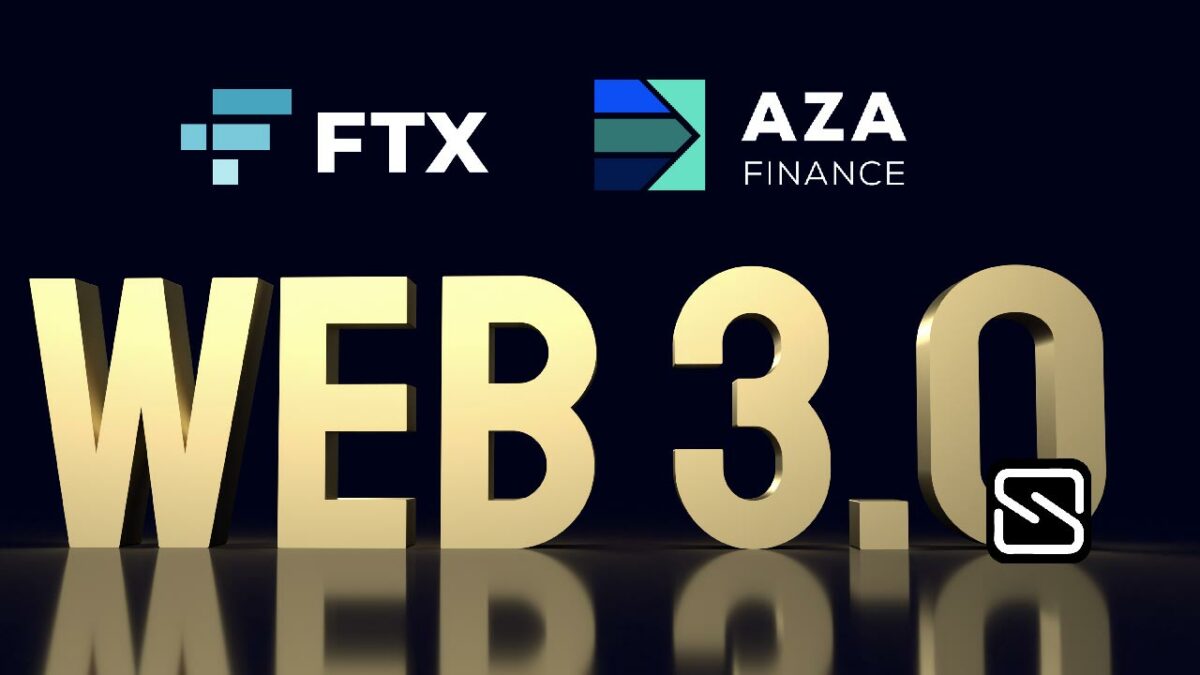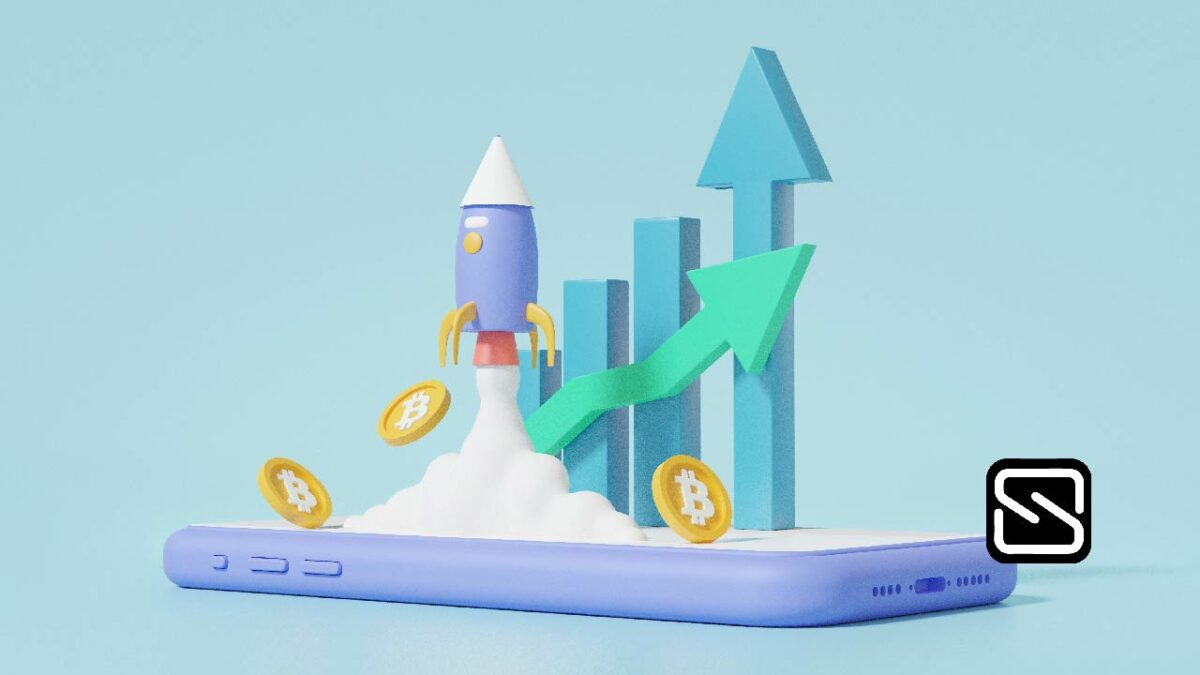A blockchain is a distributed database that is shared among the nodes of a computer network. As a database, a blockchain stores information electronically in digital format. Blockchains are best known for their crucial role in cryptocurrency systems, such as Bitcoin, for maintaining a secure and decentralized record of transactions. The special thing about blockchain is that it guarantees the fidelity and security of a record of data and generates trust without the need for a trusted third party.
Blockchain was popularized by a person (or group of people) using the name Satoshi Nakamoto in 2008 to serve as the public transaction ledger of the cryptocurrency Bitcoin. The implementation of the blockchain within Bitcoin made it the first digital currency to solve the double-spending problem without the need for a trusted authority or central server. The Bitcoin design has inspired other applications and blockchains that are readable by the public and are widely used by cryptocurrencies. The blockchain is considered a type of payment trail.
How Does a Blockchain Work?
The goal of blockchain is to allow digital information to be recorded and distributed, but not edited. In this way, a blockchain is a foundation for immutable ledgers, or records of transactions that cannot be altered, deleted, or destroyed. This is why blockchains are also known as distributed ledger technology (DLT).
First proposed as a research project in 1991, the blockchain concept predated its first widespread application in use: Bitcoin, in 2009. In the years since, the use of blockchains has exploded via the creation of various cryptocurrencies, decentralized finance (DeFi) applications, non-fungible tokens (NFTs), and smart contracts.
Is Blockchain Secure?
Blockchain technology achieves decentralized security and trust in several ways. To begin with, new blocks are always stored linearly and chronologically. That is, they are always added to the “end” of the blockchain. After a block has been added to the end of the blockchain, it is extremely difficult to go back and alter the contents of the block unless a majority of the network has reached a consensus to do so. That’s because each block contains its own hash, along with the hash of the block before it, as well as the previously mentioned time stamp. Hash codes are created by a mathematical function that turns digital information into a string of numbers and letters. If that information is edited in any way, then the hash code changes as well.
Let’s say that a hacker, who also runs a node on a blockchain network, wants to alter a blockchain and steal cryptocurrency from everyone else. If they were to alter their own single copy, it would no longer align with everyone else’s copy. When everyone else cross-references their copies against each other, they would see this one copy stand out, and that hacker’s version of the chain would be cast away as illegitimate.
Succeeding with such a hack would require that the hacker simultaneously control and alter 51% or more of the copies of the blockchain so that their new copy becomes the majority copy and, thus, the agreed-upon chain. Such an attack would also require an immense amount of money and resources, as they would need to redo all of the blocks because they would now have different time stamps and hash codes.
Due to the size of many cryptocurrency networks and how fast they are growing, the cost to pull off such a feat probably would be insurmountable. This would be not only extremely expensive but also likely fruitless. Doing such a thing would not go unnoticed, as network members would see such drastic alterations to the blockchain. The network members would then hard fork off to a new version of the chain that has not been affected. This would cause the attacked version of the token to plummet in value, making the attack ultimately pointless, and the bad actor would have control over a worthless asset. The same would occur if the bad actor were to attack the new fork of Bitcoin. It is built this way so that taking part in the network is far more economically incentivized than attacking it.
Benefits of Blockchains
Accuracy of the Chain
Transactions on the blockchain network are approved by a network of thousands of computers. This removes almost all human involvement in the verification process, resulting in less human error and an accurate record of information. Even if a computer on the network were to make a computational mistake, the error would only be made to one copy of the blockchain. For that error to spread to the rest of the blockchain, it would need to be made by at least 51% of the network’s computers, a near impossibility for a large and growing network the size of Bitcoin’s.
Cost Reductions
Typically, consumers pay a bank to verify a transaction, a notary to sign a document, or a minister to perform a marriage. Blockchain eliminates the need for third-party verification—and, with it, their associated costs. For example, business owners incur a small fee whenever they accept payments using credit cards because banks and payment-processing companies have to process those transactions. Bitcoin, on the other hand, does not have a central authority and has limited transaction fees.
Decentralization
Blockchain does not store any of its information in a central location. Instead, the blockchain is copied and spread across a network of computers. Whenever a new block is added to the blockchain, every computer on the network updates its blockchain to reflect the change. By spreading that information across a network, rather than storing it in one central database, blockchain becomes more difficult to tamper with. If a copy of the blockchain fell into the hands of a hacker, only a single copy of the information, rather than the entire network, would be compromised.
Efficient Transactions
Transactions placed through a central authority can take up to a few days to settle. If you attempt to deposit a cheque on Friday evening, for example, you may not actually see funds in your account until Monday morning. Whereas financial institutions operate during business hours, usually five days a week, blockchain is working 24 hours a day, seven days a week, and 365 days a year. Transactions can be completed in as little as 10 minutes and can be considered secure after just a few hours. This is particularly useful for cross-border trades, which usually take much longer because of time zone issues and the fact that all parties must confirm payment processing.
Private Transactions
Many blockchain networks operate as public databases, meaning that anyone with an Internet connection can view a list of the network’s transaction history. Although users can access details about transactions, they cannot access identifying information about the users making those transactions. It is a common misperception that blockchain networks like Bitcoin are anonymous, when in fact they are confidential.
When a user makes a public transaction, their unique code—called a public key, as mentioned earlier is recorded on the blockchain. Their personal information is not. If a person has made a Bitcoin purchase on an exchange that requires identification, then the person’s identity is still linked to their blockchain address but a transaction, even when tied to a person’s name, does not reveal any personal information.
With many practical applications for the technology already being implemented and explored, blockchain is finally making a name for itself in no small part because of Bitcoin and cryptocurrency. As a buzzword on the tongue of every investor in the world, blockchain stands to make business and government operations more accurate, efficient, secure, and cheap, with fewer middlemen. As we prepare to head into the third decade of blockchain, it’s no longer a question of whether legacy companies will catch on to the technology, it’s a question of when. Today, we see a proliferation of NFTs and the tokenization of assets. The next decades will prove to be an important period of growth for blockchain.
